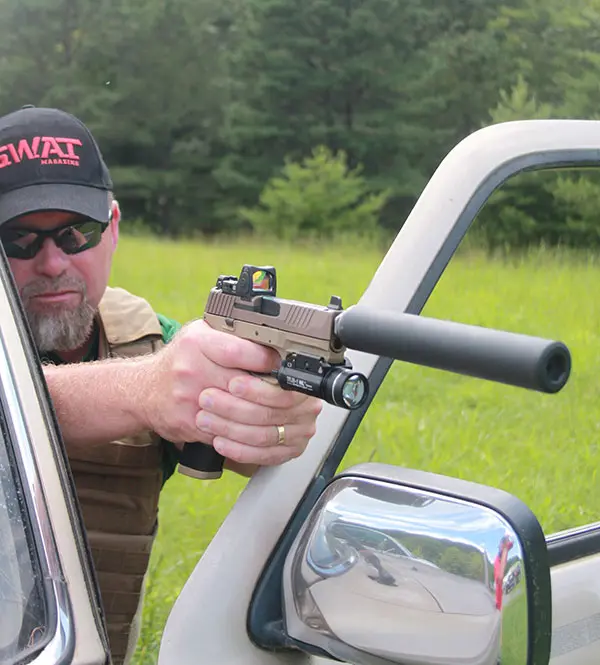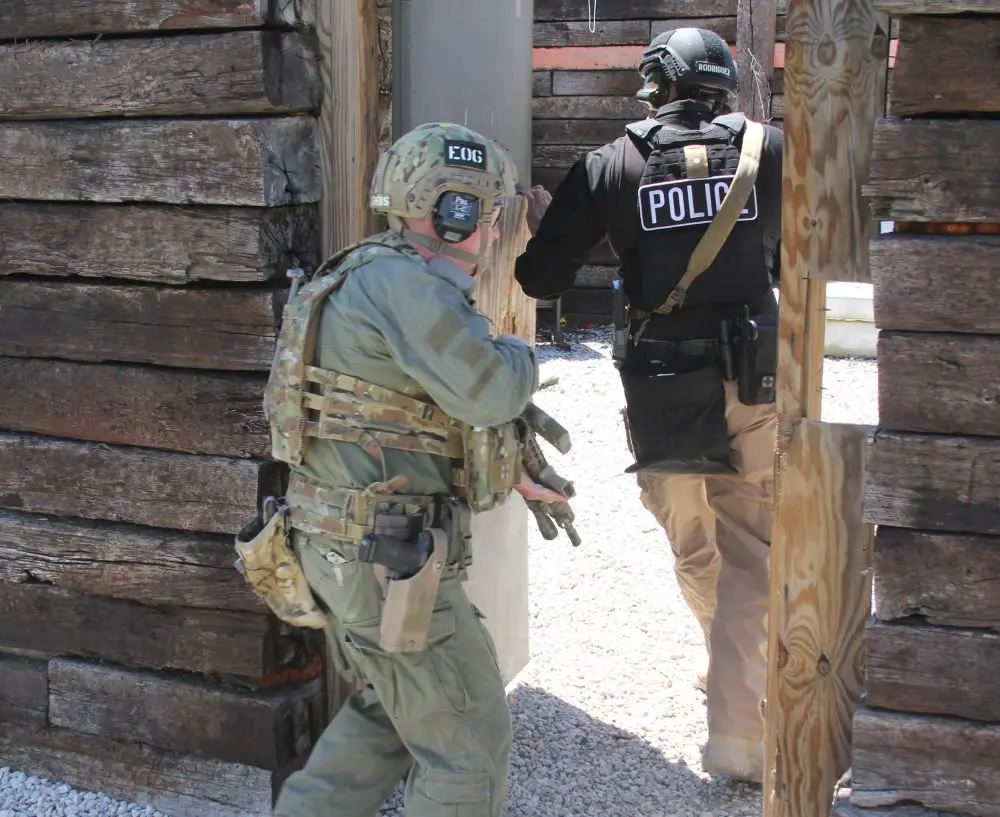The newest push to replace reliably useful guns with so-called “smart guns” came in June, courtesy of U.S. Representative Jim Himes (D-CT). Himes’ H.R. 6109, the “Start Advancing Firearms Enhancements and Technology (SAFETY)” Act of 2018 would provide significant tax relief for gun manufacturers’ efforts to design, produce, and market “smart guns”—guns that are specifically designed to be more difficult to fire.
As an aside, is it just me, or does it seem that these attempts to legislate infringements on that which shall not be infringed put more thought into coming up with a catchy acronym in the title than with devising sound (let alone Constitutional) policy?
As mentioned above, the tax breaks are significant and come from several angles. From Himes’ website:
The SAFETY Act will increase the research and development tax credit from 20% to 30% and apply it to 100% of smart gun technology research expenses; make more small businesses and startups eligible for this credit, including those already working in the field; and exempt smart gun components from the federal firearms tax, which would lower the price for consumers buying smart guns.
That’s a pretty substantial chunk of tax revenue Himes is apparently willing to give up. Himes is the kind of Democrat whose love of tax revenue is only matched by his hatred of guns, gun owners, gun dealers, and gun manufacturers.
In light of that, can there be any doubt he intends the carrot he is now offering to gun manufacturers to be joined by a corresponding stick? Actually, a small part of the stick is already in hand. A New Jersey law in effect since 2002 requires that within three years of a “smart gun” being offered on the market, no handgun without that “feature” could be bought or sold in the state.
Such legislation is the blueprint for Himes’ agenda. Expand the market in which the first handgun manufacturer to offer a handgun that meets the “smart gun” requirements has a monopoly, and everything falls into place. If enough states enact “smart gun” mandates—and it wouldn’t require all that many—he could get most of what he wants even without such a mandate on the federal level, as “smart gun” manufacturers, with the aid of government assistance (and near monopolies in some markets) simply out-compete manufacturers of conventional, reliable firearms.
Meanwhile, prospective gun buyers are faced with vastly more expensive guns, which are vastly more complex, and thus vastly more likely to fail at a time when failure means death for the gun owner and/or their loved ones.
Two main approaches exist to making guns less likely to fire when the trigger is pulled. One requires the shooter to wear an accessory—depending on the design, it might be a ring on the finger or a specialized watch on the wrist. If it is within range, the accessory tells the gun it is indeed authorized to fire when the trigger is pulled.
The other, even more complicated and failure-prone method involves the gun “recognizing” the gun owner—perhaps by their fingerprints or by the way they hold the gun. This is no trivial electronic and mechanical task, with the challenges including the need for the delicate electronics to hold up to the considerable forces acting on guns when they are fired.
This probably explains why the Armatix iP1, the “smart gun” that came closest to being offered in American gun shops (for $1400, plus another $400 for the “magic wristwatch”) was only to be offered in the very underpowered for self-defense .22 rimfire caliber—and that design used the simpler mechanism of requiring a signal from a watch, rather than electronically recognizing the person holding the gun.
And while the “smart” mechanism that relies on a signal from an accessory to authorize firing is more reliable than the biometric designs, it has a separate vulnerability (in addition to its dependence on two battery-powered components): such signals can be jammed or hacked. And it is just about impossible to believe that a government that could effectively disarm the people that easily would not avail itself of that capability.
Or perhaps the same thing could be made to happen even more simply. There has been discussion of equipping law enforcement agencies with EMP (electromagnetic pulse) generators to “fry” electronics at a distance.
In short, a populace that allows itself to be limited to guns that require electronic “permission” to fire would give the government an off switch for the Second Amendment. Any government with tyrannical aspirations would lust for such power.
A former paratrooper, Kurt Hofmann was paralyzed in a car accident in 2002. The helplessness inherent to confinement to a wheelchair prompted him to explore armed self-defense, only to discover that Illinois denied that right. This inspired him to become active in gun rights advocacy.





